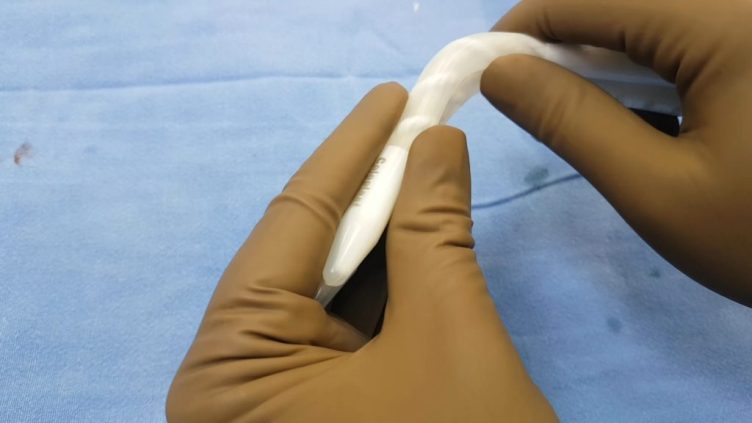The inflatable penile implant boasts extremely high satisfaction rates among those who would otherwise be unable to experience sexual activity due to impotence. Nevertheless, like all devices, penile implants can malfunction.
Dr. Andrew Kramer urologist specialist and penile implant surgeon in Baltimore, Maryland, states that when a penile implant stops performing its function of emulating a natural erection, the problem can often be traced to one or more faulty components. In rare cases, however, the patient’s own health can be the issue.
This was the case with one patient who came to Dr. Andrew Kramer Urology complaining about a defective LGX implant. At first, the surgeon suspected a broken component. Upon opening up the patient, however, he discovered excessive thickening of scar tissue within the penis and scrotum to be the main problem.
Fibrotic scarring
Fibrotic scarring, or fibrosis, is abnormal wound healing in which an overabundance of connective tissue replaces functional tissue, resulting in considerable and permanent scar tissue formation. It occurs when tissue is repeatedly subjected to injury and subsequent repair.
According to Dr. Andrew Kramer Urology, the patient in question previously underwent multiple penile surgeries, creating the repetitive cycle of wounding and healing necessary for fibrosis to occur.
The extreme thickening of scar tissue can interfere with regular organ function and in some cases even threaten life. For example, cardiac fibrosis, which sees the proliferation of connective tissue in the heart valves, is known to lead to heart failure.
It is to be noted that erectile dysfunction can lead to fibrosis within the penis, which in turn can cause a reduction in penile length and girth.
How fibrosis can damage an implant
Like most penile implants today, the LGX implant relies on three core structures: a fluid-filled reservoir inserted into the abdomen; a pair of cylinders placed within the penis; and a pump positioned just under the scrotal skin.
When pressed, the pump moves the fluid out of the reservoir and into the cylinders, causing said cylinders to expand in size and girth as well as grow rigid, thereby emulating an erection.
In the case of the Dr. Andrew Kramer Urology patient, the scar tissue was so thick it completely wrapped around the pump and cylinders, thus preventing an otherwise functional pump from working and even breaking one of the cylinders.
The fibrosis also made removing the cylinders and pump from the penis and scrotum more challenging than usual. According to Dr. Andrew Kramer Urology, scar tissue also bleeds profusely, so the surgeon had to constantly suction the blood throughout the surgery.
Thankfully, solving the patient’s problem wasn’t complicated. First, the old pump and cylinders were replaced with new ones. These new components were then inserted into the penis in such a way that they avoided going through scar tissue. No longer choked by fibrosis, the pump and cylinders were found to work properly during testing.
Through this case, Dr. Andrew Kramer Urology demonstrates the importance of finding a well-trained and experienced surgeon who can ensure the patient undergoes no more than the appropriate number of surgeries. It also shows us how our own health can impair the function of an implant. To read more on topics like this, check out the blog category.

Leave a Reply